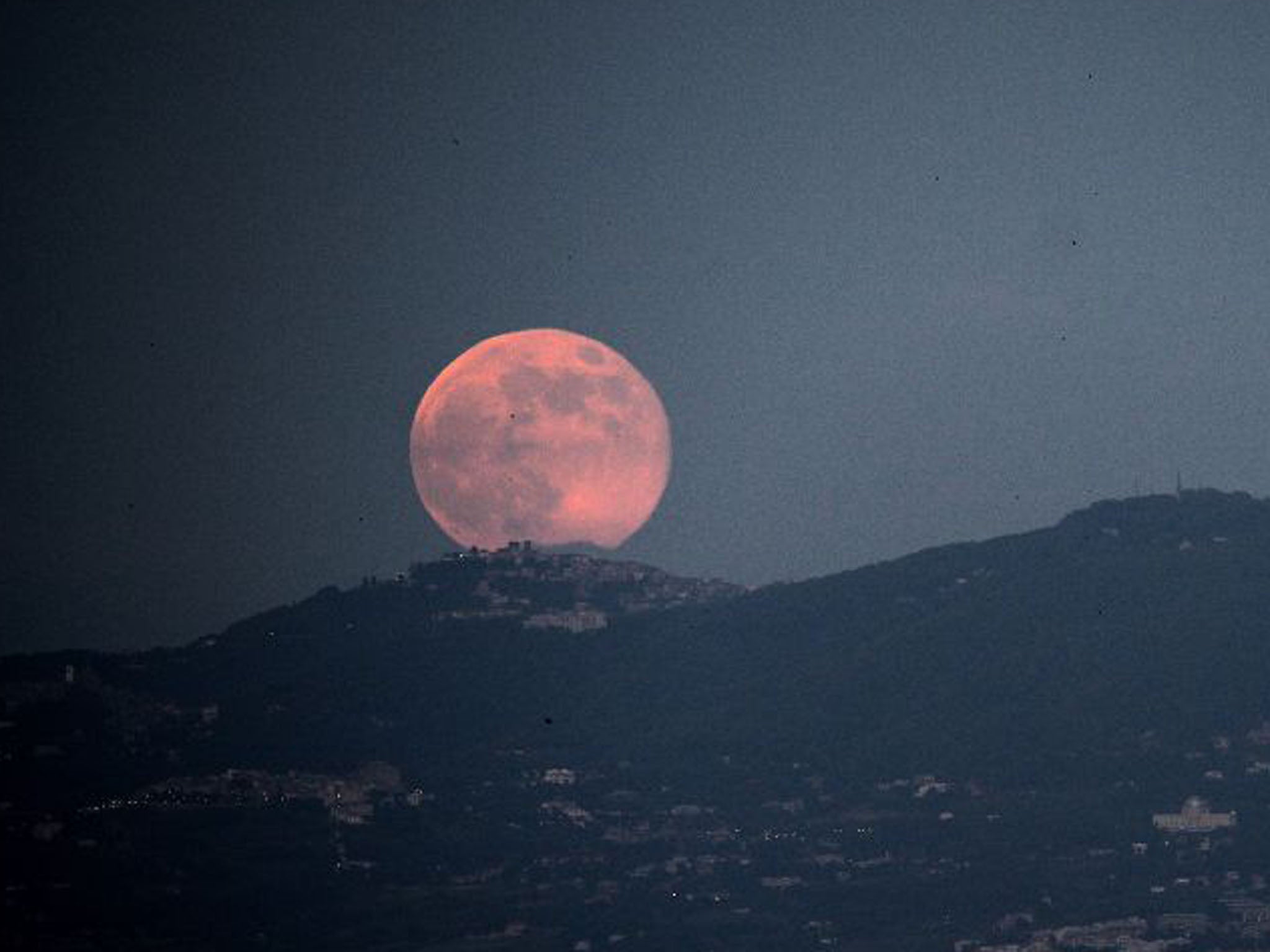The Independent's journalism is supported by our readers. When you purchase through links on our site, we may earn commission.
How old is the moon? Scientists put formation forward 100 million years
Rock samples from Apollo 16 mission finally analysed show the moon is millions of years younger than previously thought

The moon is much younger than scientists have been led to believe, according to researchers analysing samples taken from the Apollo 16 mission.
The prevailing theory surrounding the creation of the moon is that a Mars-sized body known as 'Theia' collided with a newly formed proto-earth approximately 4.56 billion years ago, shortly after the formation of the solar system.
The massive impact caused melted material to break off into pieces in space, before eventually re-joining to form the moon.
As the Moon cooled, this magma ocean solidified into different mineral components, the lightest of which floated upwards to form the oldest layer of crust.
New analysis of material collected from it's surface suggests that the moon is 100 million years younger than previously thought.
A piece of lunar rock sample gathered in the Apollo 16 mission of 1972 has been analaysed by researchers at the University of Copenhagen, using newly refined techniques to assess the age of the sample.
The team of scientists, led by James Connelly from the Centre for Star and Planet Formation, examined the isotopes of the elements lead and neodymium to place the age of a sample of a FAN at 4.36 billion years.
This is significantly younger than earlier estimates, which put the moon's age as nearly as old as the solar systems - 4.567 billion years.
Mr Connelly said: "Although the samples have been carefully stored at NASA Johnson Space Center since their return to Earth, we had to extensively pre-clean the samples using a new method to remove terrestrial lead contamination.
"Once we removed the contamination, we found that this sample is almost 100 million years younger than we expected."
The new, younger age obtained for the oldest lunar crust is similar to ages obtained for the oldest terrestrial minerals - zircons from Western Australia - suggesting that the oldest crust on both Earth and the Moon formed at approximately the same time.
The results of their study have been published in the journal Nature.
Join our commenting forum
Join thought-provoking conversations, follow other Independent readers and see their replies
Comments
Bookmark popover
Removed from bookmarks